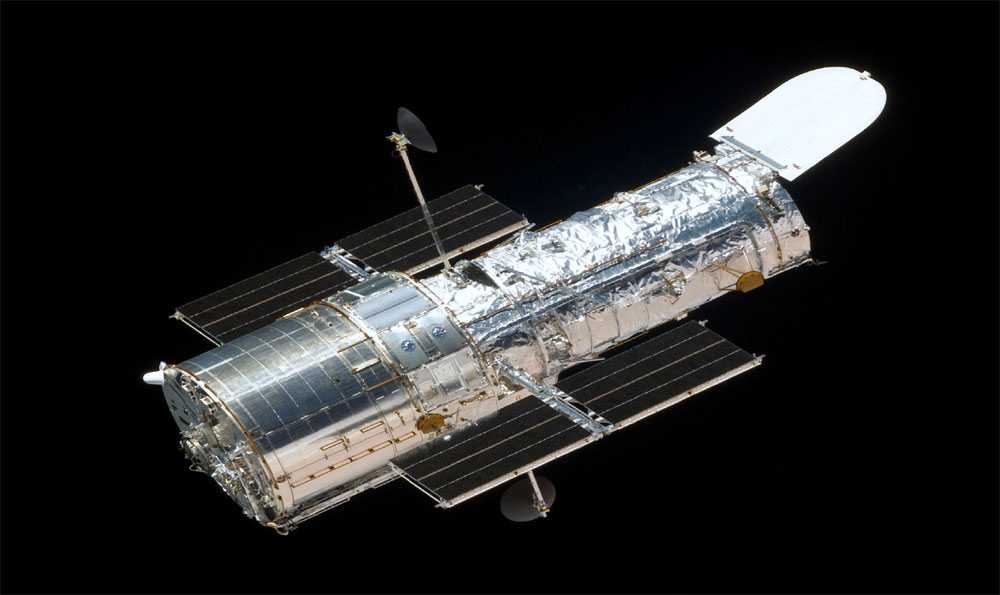
The Hubble Space Telescope of National Aeronautics and Space Administration (NASA), captured a series of photos of asteroid Dimorphos when it was deliberately hit by a 1,200-pound NASA spacecraft at 3,000 miles per hour on September 26, 2022.
The statement from NASA followed that Hubble’s time-lapse movie of the aftermath of DART’s (spacecraft) collision shows surprising and remarkable changes as dust and chunks of debris were flung into space. The DART impactor blasted over 1,000 tons of dust and rock from the asteroid. NASA said that the Hubble movie offered new clues into how the debris was dispersed after the impact in the days following.
The primary goal of DART was to test our ability to alter the asteroid’s trajectory as it circles larger companion asteroid, Didymos, the agency said. Data from the mission will help inform researchers how to divert an asteroid’s path away from Earth, if ever necessary, the statement said. The DART experiment gave fresh insights into planetary collisions that may have been common in the early solar system.
The study, led by Li along with 63 other DART team members, was published in the journal Nature on First of March. The movie shows the formation of an ejected cone, the spiral swirl of debris caught up along the asteroid’s path, and the tail swept behind the asteroid by the pressure of sunlight. Even the Hubble can’t resolve the two asteroids separately in the view as the both Didymos and Dimorphos are within the central bright spot.
The statement said that debris flies away from the asteroid, moving with a range of speeds faster than four miles per hour, fast enough to escape the asteroid’s gravitational pull, so it doesn’t fall onto the asteroid.
The statement said that Hubble captured the debris being swept back into a comet-like tail by the pressure of sunlight on the tiny dust particles. The lightest particles travel the fastest and farthest from the asteroid. The DART impact was observed by a number of telescopes on Earth and in space including NASA’s James Webb Space Telescope and Lucy spacecraft